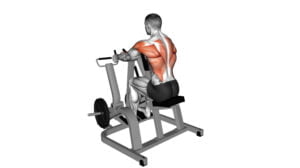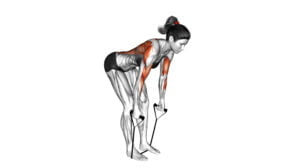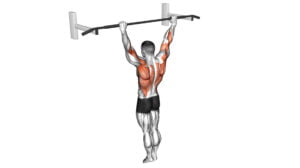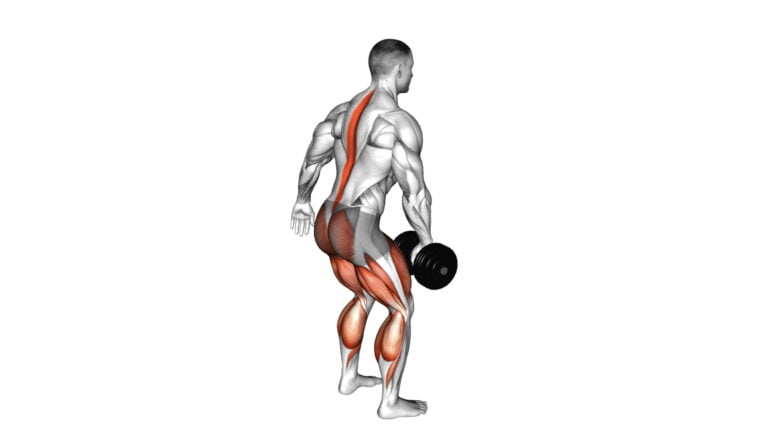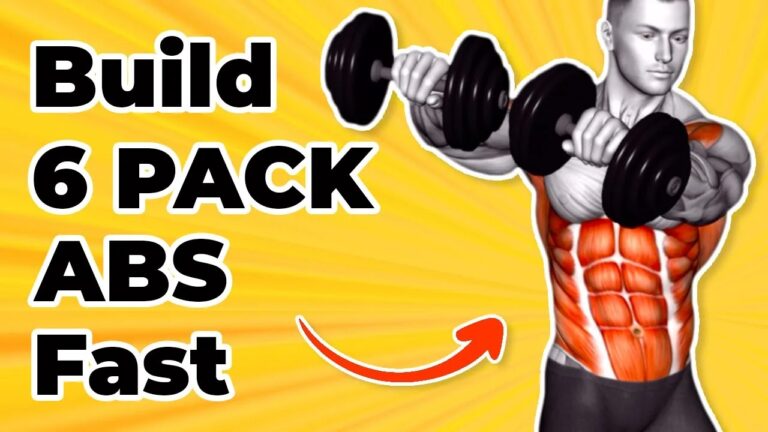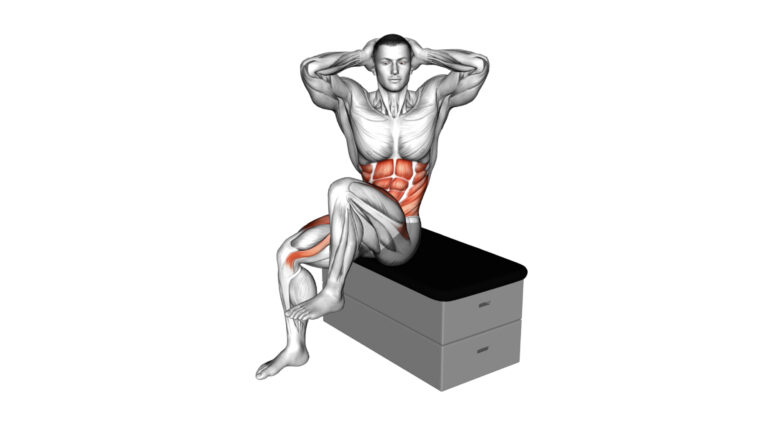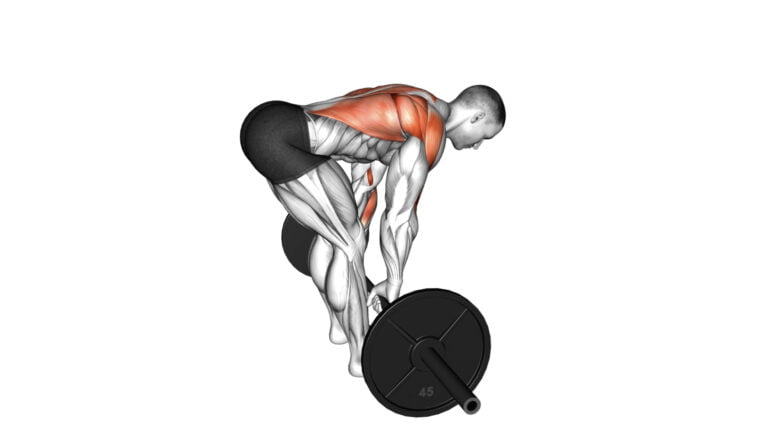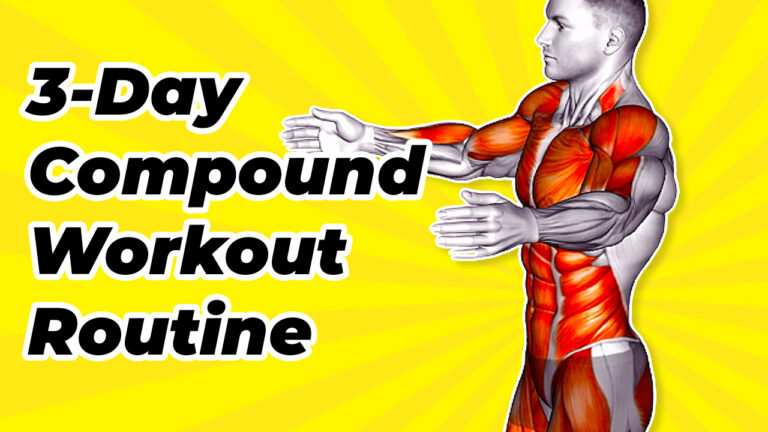10 Upper Body Horizontal Pull Exercises To Building A Strong Back And Arms

Dive into the world of fitness with upper body horizontal pull exercises, a key move to sculpt that mighty back and arms you’ve been aiming for. These exercises aren’t just about gaining strength; they’re a foundational piece in creating balance throughout your upper body.
By engaging muscles from your shoulders to your spine – and don’t forget those biceps – horizontal pulls are a must-do for anyone looking to enhance their physical health.
Why focus on these moves? For starters, they help counteract all that forward bending and slouching we do daily, especially if you’re desk-bound most of the time. And let’s be real – who doesn’t want a posture boost along with powerful arm flexing each time you lift?.
Pull up a chair (or grab onto that barbell) as we list 10 essential upper body horizontal pull exercises tailored to build muscle, prevent injuries, and give you that lifted look. Whether starting new or stepping up your game, these workouts will fuel progress toward smashing personal goals.
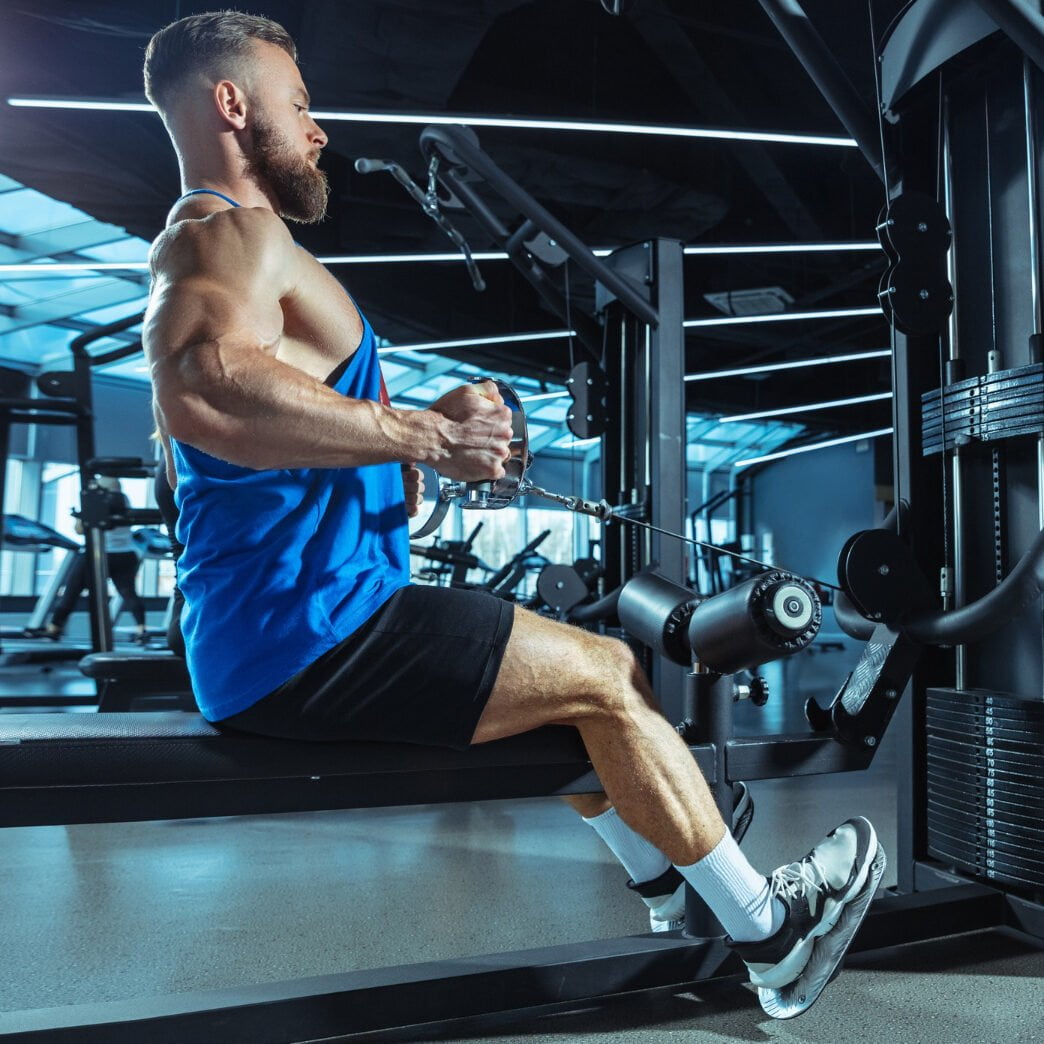
Ready for transformative change? Let’s get pulling!
Key Takeaways
- Horizontal pull exercises are crucial for constructing upper body strength, specifically targeting the back and arm muscles like the latissimus dorsi, rhomboids, biceps, and trapezius.
- Performing a variety of horizontal pulls like Barbell Pendlay Rows and Dumbbell Palm Rotational Bent-Over Rows not only builds muscle but also helps improve posture and balance by counteracting common forward-leaning habits.
- To achieve optimal benefits from horizontal pull workouts, maintaining proper form is key; this involves keeping the back straight and focusing on controlled movements throughout each exercise.
- A balanced workout routine should include both push and pull exercises to ensure symmetric muscle development and prevent injury while enhancing overall functional strength.
- Adequate rest between sessions focused on similar muscle groups is necessary for recovery to allow muscles to repair, rebuild, and strengthen effectively.
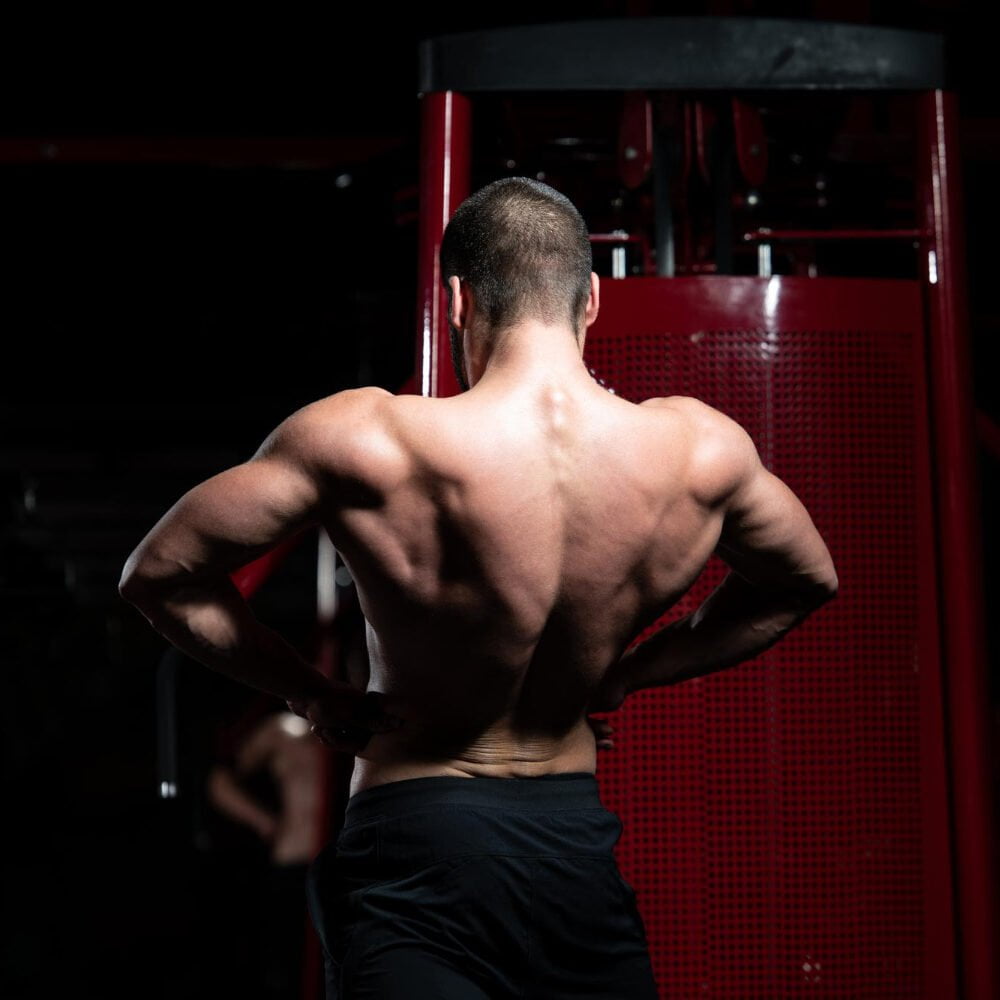
What Are Horizontal Pull Exercises and Why You Need Them?
Horizontal pull exercises are essential for building a strong upper body and improving overall strength and muscle endurance. These movements target specific muscle groups that are often neglected in traditional workouts, making them crucial for developing a balanced physique.
Incorporating upper body horizontal pull exercises into your routine can also help improve posture and reduce the risk of injury.
Explanation of horizontal pull exercises
Horizontal pull exercises are movements where you draw weight towards your torso horizontally from out in front of you. These can be performed using a variety of equipment, like barbells, dumbbells, or cable machines.
The primary muscles worked during these exercises include the upper back muscles such as the latissimus dorsi, rhomboids, and trapezius. Incorporating horizontal pulls into your fitness routine helps to balance out pushing movements often emphasized in workouts.
Pulling motions not only engage the main back muscles but also work secondary muscles including biceps and forearms for a comprehensive upper body workout. They’re key for developing functional strength that makes everyday activities easier.
Picture effortlessly lifting groceries or pulling open heavy doors after integrating these moves into your exercise plan. Emphasis on good form ensures that you target the right muscle groups without risking injury – meaning consistent progress over time with less downtime due to strain or sprain.
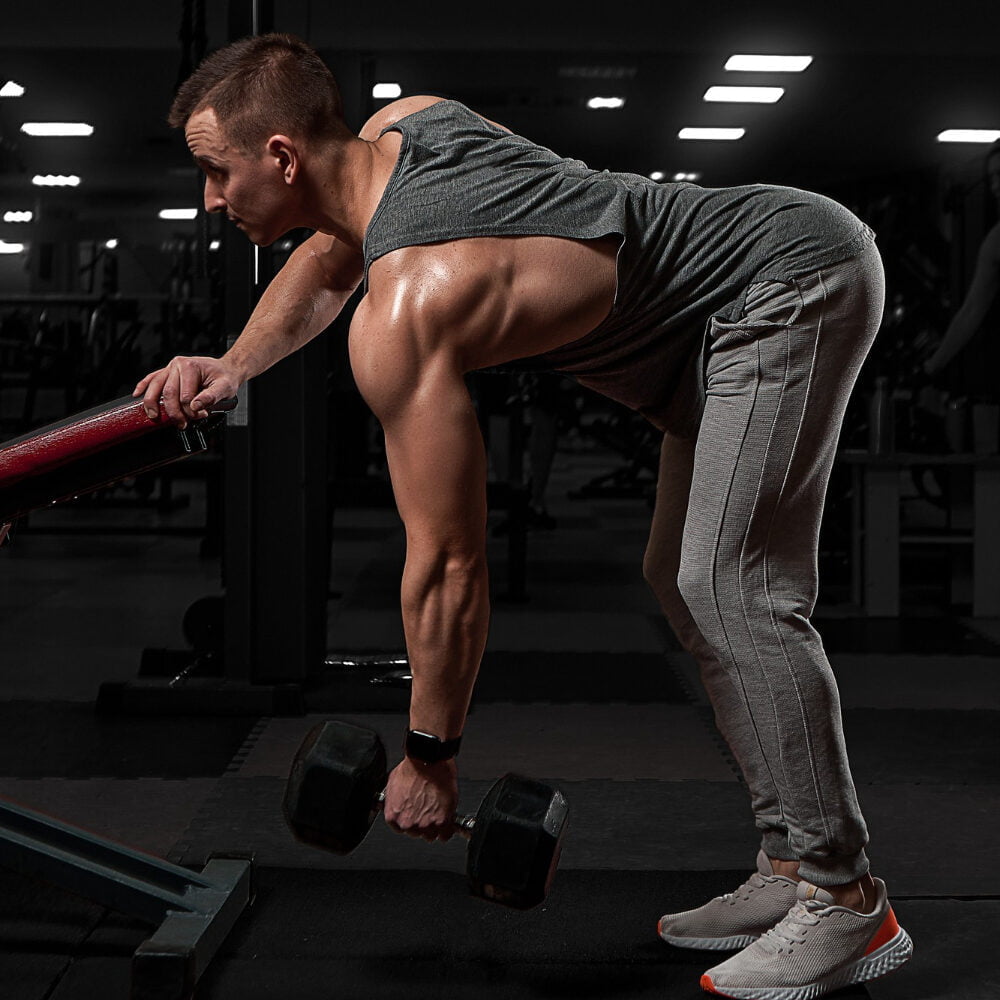
Importance of incorporating horizontal pulls into workouts
Understanding what horizontal pull exercises are sets the stage for realizing their critical role in a balanced workout routine. These movements target key back muscles such as the latissimus dorsi, rhomboids, and trapezius, which support functional strength and contribute to overall upper body power.
Regularly integrating these exercises can lead to noticeable improvements not only in muscular endurance but also in one’s ability to perform daily activities with ease.
Including horizontal pulls strengthens muscle groups that might otherwise be neglected by other forms of exercise like pressing motions or vertical pulling. This balance is essential for preventing injuries and ensuring symmetric muscle development.
Consistent training with movements like rows ensures that you are fortifying your posterior chain, vital for counteracting the forward-leaning tendencies modern lifestyles promote.
Engaging these muscles through diverse horizontal pull variations will yield a well-rounded physique and enhance athletic performance across a variety of sports and disciplines.
Benefits of Horizontal Pull Exercises
Incorporating upper body horizontal pull exercises into your workout routine can help you build a strong back and arms, improve your posture and balance, and target specific muscle groups for a well-rounded upper body workout.
These exercises are essential for overall upper body strength and stability.
Build a strong back and arms
To build a strong back and arms, horizontal pull exercises are essential. They target multiple muscle groups, including the latissimus dorsi, rhomboids, and biceps. This focus improves upper body strength and enables you to perform everyday activities with ease.
Strengthening these areas supports better posture by pulling your shoulders back and aligning your spine.
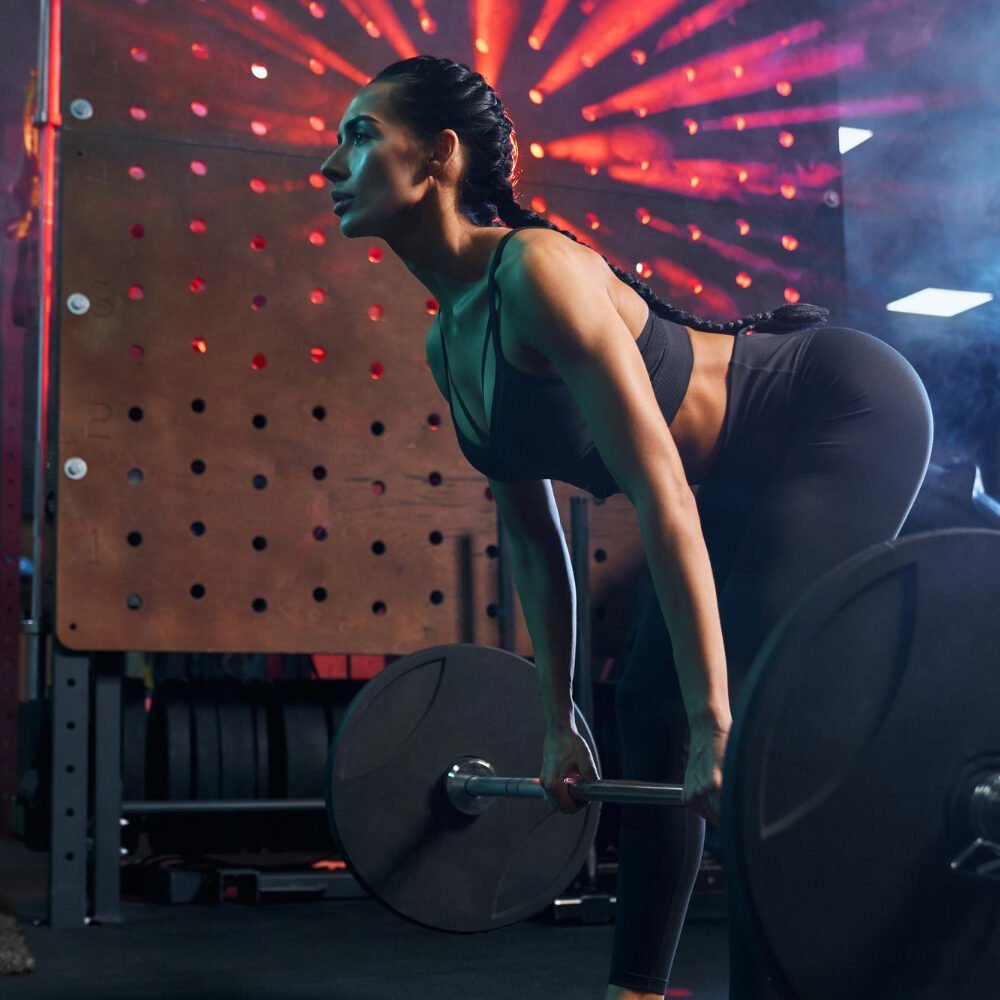
Engaging in regular horizontal pulls can enhance your muscle definition for a more toned look. Exercises like the barbell row activate your arm muscles while also hitting the broad muscles of the back.
As you master movements such as dumbbell rows or cable pulls, you’ll notice an increase in grip strength too—a key factor for lifting heavier weights across all workouts.
Improve posture and balance
Correcting posture and enhancing balance through horizontal pull exercises is essential for overall physical well-being. These exercises engage the upper body muscles, particularly the back and shoulders, which play a crucial role in maintaining an upright posture and stability.
By strengthening these muscle groups, individuals can reduce the risk of developing poor posture-related issues such as rounded shoulders or forward head position while also improving their balance and coordination.
Engaging in targeted horizontal pull exercises not only promotes proper alignment of the spine but also helps individuals maintain a stable center of gravity – enabling them to move with greater control and steadiness during daily activities or workouts.
With continuous dedication to these exercises, individuals can expect improved posture, enhanced body equilibrium, and reduced strain on the spine.
Work specific muscle groups
These horizontal pull exercises target specific muscle groups, including the latissimus dorsi, rhomboids, trapezius, and rear deltoids. The Barbell Pendlay Row engages the entire back musculature, promoting strength and stability in the upper body.
The Cambered-Bar Lying Row emphasizes the mid-back muscles while also working the biceps and forearms to improve overall upper body strength. Engaging in Landmine One Arm Bent Over Rows activates unilateral movement patterns that challenge each side independently, enhancing muscular balance and symmetry.
Dumbbell Palm Rotational Bent-Over Rows focus on developing the lower traps and lats while improving shoulder mobility. Additionally, Dumbbell Incline Rows isolate the upper back and rear delts for enhanced definition and strength.
Targeting multiple muscle groups simultaneously with Dumbbell Split Stance Bent Over Rows helps improve overall functional strength in both pulling movements and supporting stabilizers.
Lever Neutral Grip Seated Rows effectively engage the middle back muscles while minimizing strain on other parts of your body during exercise.
Top 10 Upper Body Horizontal Pull Exercises
Discover 10 effective horizontal pull exercises to strengthen your back and arms, including the Barbell Pendlay Row, Cambered-Bar Lying Row, Landmine One Arm Bent Over Row, and more.
These exercises target specific muscle groups and are essential for a balanced upper body workout routine.
1. Barbell Pendlay Row
The Barbell Pendlay Row is a powerful exercise for targeting the upper back and lats. Stand with your feet shoulder-width apart, holding a barbell with an overhand grip. Hinge at the hips while maintaining a straight back, then row the bar to your midsection using explosive force.
Lower the weight back down to the starting position without letting it touch the floor between reps. This exercise not only strengthens your back but also engages your core and stabilizing muscles, promoting overall strength and posture improvement.
Executing this exercise with proper form ensures that you derive maximum benefits from each repetition while minimizing the risk of injury. The Barbell Pendlay Row offers a scalable challenge, making it suitable for individuals of varying fitness levels who seek to build functional strength in their upper body.
2. Cambered-Bar Lying Row
The cambered-bar lying row is an effective exercise that targets the upper back, shoulders, and arms. To perform this exercise, lie face down on a bench and grasp the cambered bar with an overhand grip, keeping your hands slightly wider than shoulder-width apart.
Pull the bar towards your lower chest while keeping your elbows close to your body. Lower the bar back down under control to complete one repetition. This movement helps to strengthen the muscles of the upper back, contributing to improved posture and overall upper body strength.
Executing cambered-bar lying rows with proper form and controlled movements is crucial for maximizing their benefits. Engaging in this exercise regularly can lead to noticeable improvements in upper body strength and muscle definition as you work towards developing a well-rounded physique.
3. Landmine One Arm Bent Over Row
The landmine one arm bent over row is an effective exercise to target the upper back muscles, including the latissimus dorsi and the rhomboids. This exercise also engages the biceps and forearms, making it a comprehensive movement for building strength and muscle in the arms and back.
To perform this exercise, stand with your feet shoulder-width apart while holding one end of a barbell that’s anchored in a landmine attachment. Keep your back straight as you hinge at your hips until your torso is almost parallel to the ground.
With your free hand on your hip for support, pull the barbell towards your torso by bending at the elbow, keeping it close to your body throughout.
4. Dumbbell Palm Rotational Bent-Over Row
To perform the dumbbell palm rotational bent-over row, stand with your feet shoulder-width apart, holding a dumbbell in each hand. Bend at the waist until your torso is almost parallel to the floor.
Keep your back straight and engage your core for stability. With palms facing inward, pull the dumbbells towards your ribcage while rotating them outward. Squeeze your shoulder blades together at the top of the movement before slowly lowering the weights back down.
This exercise targets muscles in the upper back and shoulders while engaging the biceps and forearms as stabilizing muscles throughout the movement. The rotational aspect not only adds variation but also engages different muscle fibers for a more comprehensive strengthening effect.
5. Dumbbell Incline Row
Transitioning from the dynamic movement of the Dumbbell Palm Rotational Bent-Over Row, we turn to the Dumbbell Incline Row. This exercise targets your upper back muscles and provides an excellent workout for improving posture and shoulder stability.
Set an incline bench at a 45-degree angle, then grab a dumbbell in each hand. Lie face down on the bench with your arms hanging straight down, palms facing each other. Pull both dumbbells towards your ribcage, keeping your elbows close to your body as you squeeze your shoulder blades together.
Lower the weights back down with control and repeat for a full set. This exercise helps develop strength and muscle definition in the upper back while promoting proper scapular retraction for improved posture.
6. Dumbbell Split Stance Bent Over Row
Transitioning from the Dumbbell Incline Row, a great variation to consider adding to your upper body horizontal pull exercises is the Dumbbell Split Stance Bent Over Row. This exercise targets the back muscles while also engaging the core and legs for stability.
To perform this exercise, start by standing with one foot forward and one foot back in a split stance position. Hold a dumbbell in each hand, then hinge at the hips to bring your torso parallel to the ground.
With elbows close to your body, pull the dumbbells towards your ribcage by squeezing your shoulder blades together. Lower the dumbbells back down with control and repeat.
7. Lever Neutral Grip Seated Row
Lever Neutral Grip Seated Row is a great exercise for targeting the middle and upper back muscles. Sit with your chest against the pad, grip the handles with palms facing each other, then pull them towards your waist.
Keep your elbows close to your body during the movement to engage the targeted muscles effectively.
This exercise not only strengthens key back muscles but also helps improve grip strength and stability in the shoulder joint. It’s especially beneficial for individuals looking to enhance their overall pulling strength and posture.
8. Lever Lying T-bar Row
The lever lying T-bar row is a powerful exercise for targeting the muscles of the back, primarily the latissimus dorsi. To perform this exercise, lie face down on a bench with your chest supported and grip the handles of the T-bar.
Pull the bar towards your lower chest while keeping your elbows close to your body, then slowly lower it back down to complete one repetition. This movement helps to strengthen and develop the upper and middle back while also engaging stabilizing muscles throughout the core.
By incorporating lever lying T-bar rows into your workout routine, you can effectively enhance overall back strength and give more definition to your lats. Focus on maintaining proper form throughout each rep to maximize its effectiveness in building a strong and well-defined back.
9. Cable Low Seated Row
Perform the cable low seated row by firmly gripping the handles and sitting upright with your feet flat on the floor. Keep your back straight, pull the handles towards your abdomen while squeezing your shoulder blades together.
Slowly return to the starting position and repeat for a challenging back and arm workout.
Engage in effective training by incorporating this exercise into your routine to strengthen key muscle groups in the upper body. Maintain proper form throughout each repetition, focusing on controlled movements to maximize results.
10. Cable Seated Row with V-bar
The cable seated row with V-bar is an effective upper body exercise that targets the muscles in the back, particularly the latissimus dorsi or lats. Sit down on the machine with your feet flat against the footrests and grab the V-bar attachment.
Keeping your back straight, pull the V-bar towards you, retracting your shoulder blades as you bring it close to your abdomen. Slowly release to return to the starting position, feeling a good stretch in your lats at full extension.
This exercise helps in building a strong and defined back while also engaging the biceps and forearms for added strength. It’s crucial to maintain proper form throughout by keeping a neutral spine and avoiding any jerking or swinging motions.
Tips for Incorporating Horizontal Pull Exercises into Your Workout Routine
Ensure proper form and technique when performing horizontal pull exercises, focusing on engaging the back and arm muscles. Adjust the frequency, sets, and reps based on your fitness level, and consider combining these exercises with other upper body workouts for a well-rounded routine.
Remember to prioritize rest and recovery to maximize the benefits of these exercises.
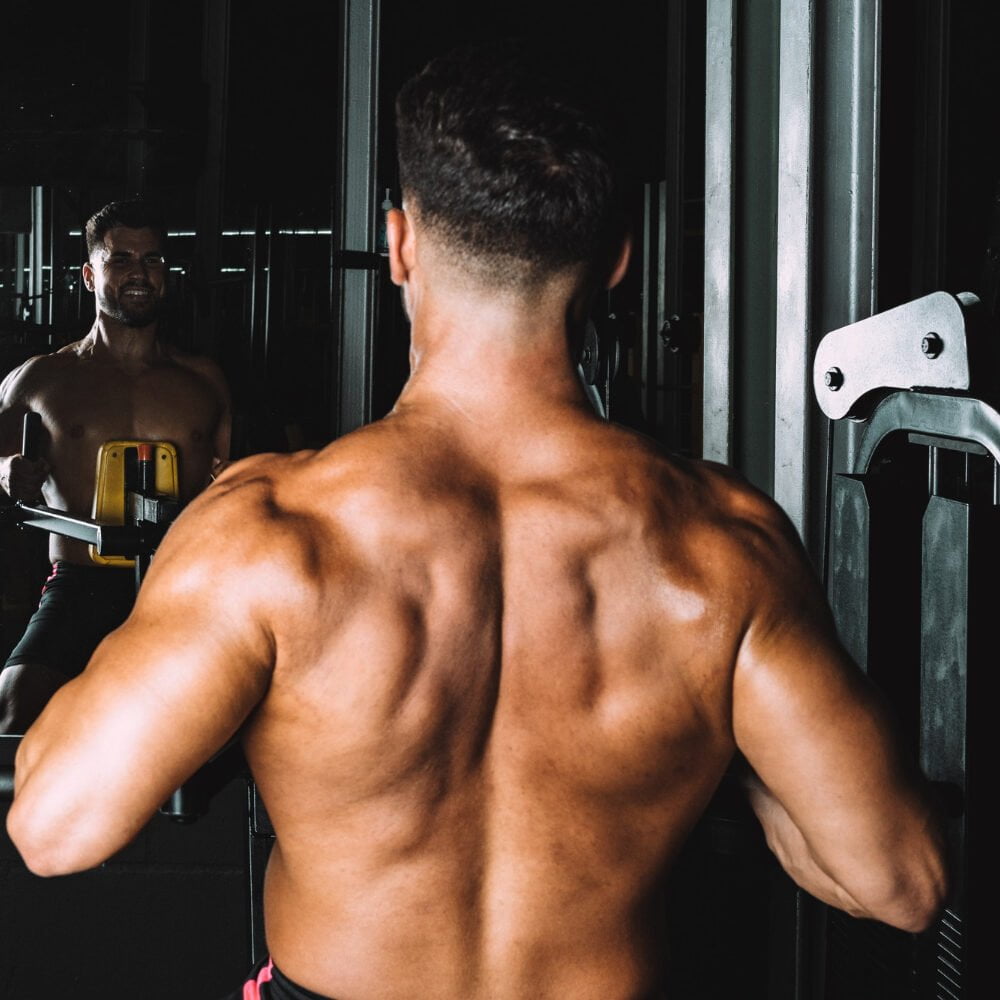
Proper form and technique
Maintaining proper form and technique is essential when performing horizontal pull exercises to avoid injury and maximize results. Keep your back straight, engage your core, and retract the shoulder blades before initiating each repetition.
Ensure a controlled movement throughout the exercise, focusing on squeezing the targeted muscles with each contraction. Additionally, maintain a consistent breathing pattern to support proper oxygen flow to the muscles being engaged.
While executing these exercises, remember to start with lighter weights or resistance bands if you are new to horizontal pulls until you have mastered the correct form and built sufficient strength.
Frequency and number of sets/reps
For most horizontal pull exercises, aim to perform 3 to 4 sets of 8 to 12 repetitions. Start with a weight that challenges you but still allows for proper form. Gradually increase the weight as your strength improves.
It’s crucial to maintain proper technique throughout each set to maximize the benefits and reduce the risk of injury.
When incorporating these exercises into your routine, focus on consistency rather than overwhelming volume. Allow at least 48 hours of recovery between targeting the same muscle groups again, ensuring sufficient time for repair and growth.
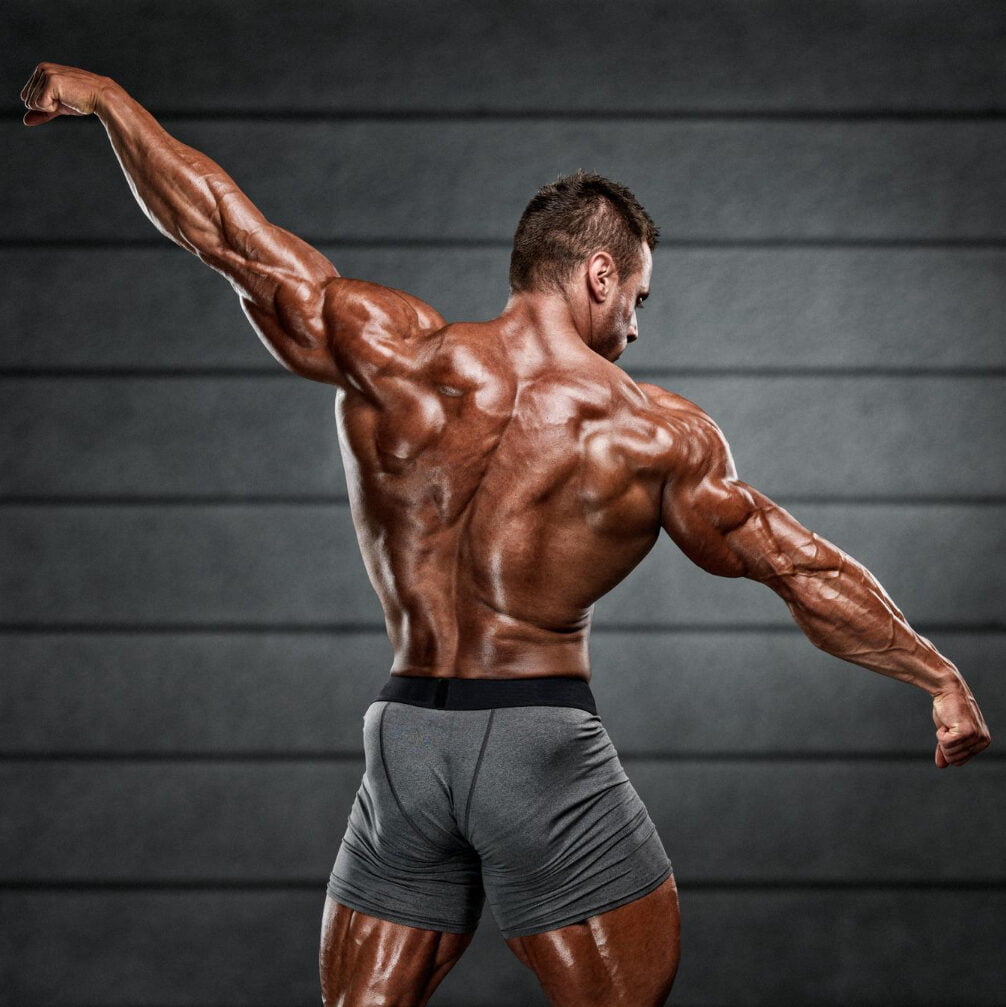
Combining with other exercises for a full upper body workout
To create a complete upper body workout, complement your horizontal pull exercises with vertical push and pull movements. This combination targets different muscle groups and ensures overall development of the upper body.
Pairing horizontal pulls with vertical pushes like overhead presses engages the shoulders, while pairing them with vertical pulls such as pull-ups or lat pulldowns effectively activates the lats and biceps.
Additionally, incorporating chest and triceps exercises like bench press or dips completes a balanced routine that enhances strength and muscular endurance across your entire upper body.
You can enhance your workout by incorporating supersets or circuits to increase intensity while working multiple muscle groups. This approach not only saves time but also increases cardiovascular benefits concurrently with muscle strengthening.
Importance of rest and recovery
Rest and recovery are essential components of any effective workout routine, allowing your muscles to repair and rebuild. Without adequate rest, the risk of overtraining increases, potentially leading to fatigue, decreased performance, and increased susceptibility to injuries.
Giving your body time to rest is crucial for promoting muscle growth and enhancing overall strength. It’s during this downtime that your body adapts to the stress it has been placed under during exercise.
Proper rest also plays a vital role in preventing burnout and maintaining mental clarity. When you allow yourself sufficient time for recovery, you can approach each workout with renewed energy and focus.
Adjusting for different fitness levels
After prioritizing rest and recovery, it’s essential to consider how to adjust horizontal pull exercises for varying fitness levels. Beginners should start with lighter weights and focus on mastering proper form before increasing intensity.
Intermediate participants can gradually progress by adding resistance or incorporating more challenging variations of the exercises. Advanced individuals may benefit from implementing advanced techniques such as tempo training, drop sets, or supersets to continue challenging their muscles and avoiding plateaus.
Accommodating different fitness levels ensures that everyone can effectively engage in upper body horizontal pull exercises, promoting growth and strength based on individual capabilities and goals.
Conclusion
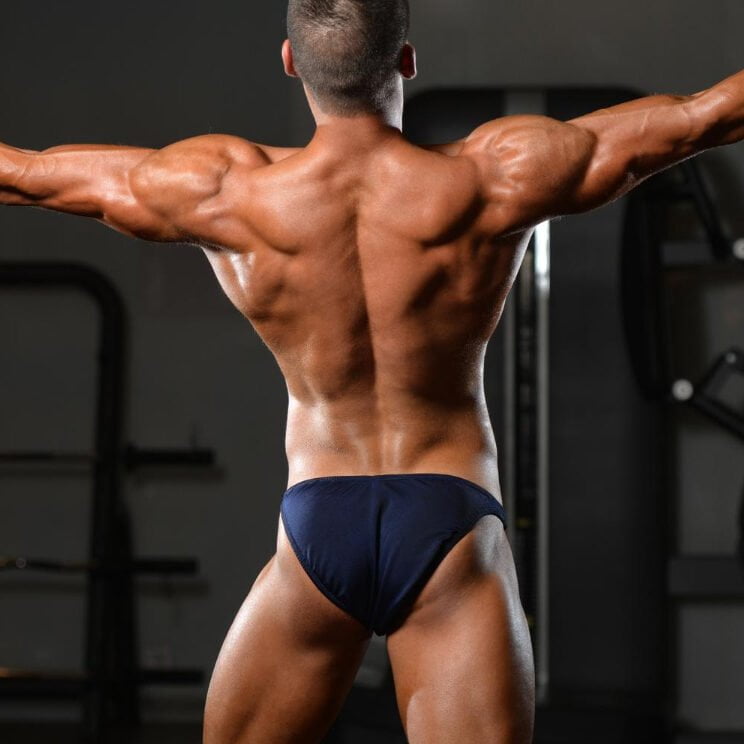
Incorporate these top 10 upper body horizontal pull exercises into your workout routine to build a stronger back and arms. Improve posture, balance, and target specific muscle groups with these effective movements.
Ensure proper form and technique, adjust for different fitness levels, and prioritize rest and recovery to maximize the benefits of these exercises. Make the most out of your workouts by combining horizontal pulls with other upper body exercises for a well-rounded training regimen.
Achieve your fitness goals by committing to a consistent routine that includes these powerful horizontal pull exercises.
FAQs
1. What are upper body horizontal pull exercises?
Upper body horizontal pull exercises are strength-training moves that work the muscles in your back and arms by pulling weight towards your torso.
2. Why should I include these exercises in my workout routine?
Including these exercises strengthens your back and arms, which can improve posture, boost athletic performance, and increase overall upper-body power.
3. Can you give me examples of some effective horizontal pull movements for my back?
Sure! Effective movements for building a strong back include rowing exercises, lat pulldowns, T-bar rows, and reverse flys—all designed to target crucial muscle groups effectively.
4. Are there any specific benefits associated with face pulls?
Absolutely! Face pulls help strengthen shoulder muscles as well as the upper back; this contributes not only to a strong physique but also supports healthy shoulder function.

Author
Years ago, the spark of my life’s passion ignited in my mind the moment I stepped into the local gym for the first time. The inaugural bead of perspiration, the initial endeavor, the very first surge of endorphins, and a sense of pride that washed over me post-workout marked the beginning of my deep-seated interest in strength sports, fitness, and sports nutrition. This very curiosity blossomed rapidly into a profound fascination, propelling me to earn a Master’s degree in Physical Education from the Academy of Physical Education in Krakow, followed by a Sports Manager diploma from the Jagiellonian University. My journey of growth led me to gain more specialized qualifications, such as being a certified personal trainer with a focus on sports dietetics, a lifeguard, and an instructor for wellness and corrective gymnastics. Theoretical knowledge paired seamlessly with practical experience, reinforcing my belief that the transformation of individuals under my guidance was also a reflection of my personal growth. This belief holds true even today. Each day, I strive to push the boundaries and explore new realms. These realms gently elevate me to greater heights. The unique combination of passion for my field and the continuous quest for growth fuels my drive to break new ground.





